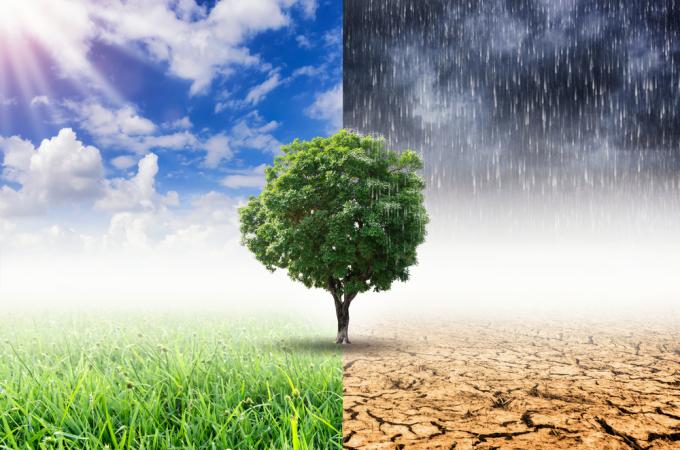Weather-Ready Nation Ambassador
Destructive, damaging weather can wreak havoc across communities, especially vulnerable ones with limited resources and education about preparing for detrimental impacts. We can all contribute to a better informed and prepared public, smarter business and community planning, and more resilient infrastructure.
Vaisala has been selected as a National Oceanic and Atmospheric Administration (NOAA) Weather-Ready Nation Ambassador™. As one of the first companies to join the Weather-Ready Nation (WRN), Vaisala is privileged to work with NOAA and the National Weather Service (NWS) on this important initiative. Embracing the concept of a collaborative Weather Enterprise, the Weather-Ready Nation brings together government organizations, private enterprise and academia in an effort to build communities that are ready, responsive and resilient to severe weather events. This requires the participation and commitment of a vast nationwide network of partners, and Vaisala sees the Weather Enterprise as a global community, something that extends well beyond just the US.
Vaisala’s Role as an Ambassador
WRN Ambassadors serve a pivotal role in affecting societal change, with the underlying charge of helping to build nations that are ready, responsive, and resilient to the impacts of extreme weather. This goes well beyond commercial, business interests, and for Vaisala, the Ambassador program speaks directly to our company’s values and ethics.
“Observations for a better world” is a genuine calling and purpose that drives our innovation, our curiosity, and our inspiration to shape the way the world understands and deals with weather. As such, the Ambassador program represents an extension of Vaisala’s contribution to, and collaboration with, the Weather Enterprise at large. Whilst Vaisala’s portfolio is designed to better manage the socio-economic impacts of severe weather, with this also comes a wider moral imperative – and that is to ensure that the application of technology, and the harnessing of innovation, truly benefits nations at large.
We believe this is at the core of sustainable development and creating shared value; the notion that one should strive to keep ecosystems in balance in order to build for the future. In building weather-ready nations, Vaisala sees the human-weather ecosystem as being pivotal to socio-economic sustainability; this is the protection of life and property that is at the heart of meteorological agencies around the globe.
Through the work that Vaisala does and the technology it innovates, the company actively touches the lives of millions of people all around the world every day. Accurate meteorological observation systems, such as Vaisala's weather radars, sounding systems, automatic weather stations and lightning detection systems make it possible to generate early warnings, which help mitigate the impacts of extreme weather events.
Forecasting Extreme Weather
To illustrate how Vaisala supports the ready, responsive and resilient approach of the program, consider how we enable forecasting of extreme weather events. Vaisala continues to be supplier of GPS dropwindsondes to the Hurricane Hunters, the NOAA Aircraft Operations Group as well as supporting the National Weather Service (NWS) Hurricane Center and NOAA’s Hurricane Research Division. Dropsondes are deployed by flying through hurricanes and dropping these highly accurate measurement devices into the storm. Vaisala RD94 Dropsondes measure air temperature, relative humidity, atmospheric pressure, and use the GPS positioning to detect horizontal and vertical wind. These data are used to provide invaluable data to be ingested to the various models that are used to predict the path of a storm as well as its likely intensity. Storm path and intensity forecasts are vital to the preparation and protection of coastal communities, and help with the planning and execution of any required mitigation and evacuation plans.
